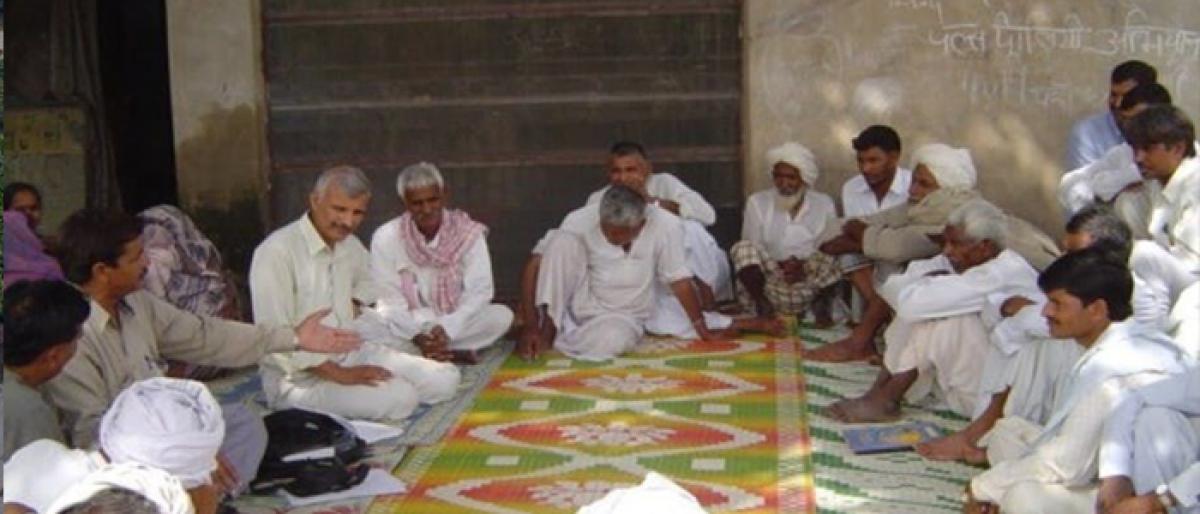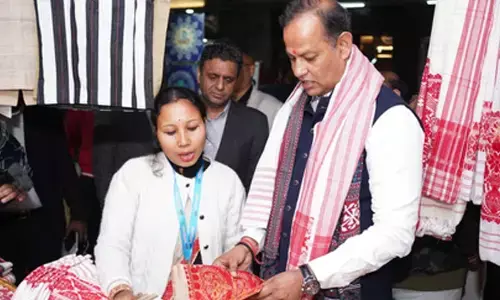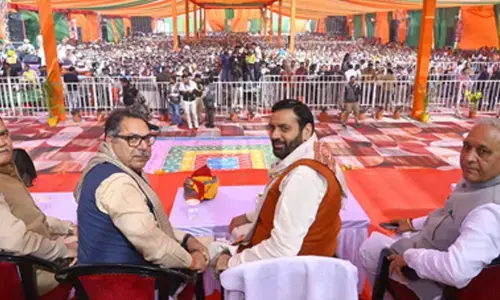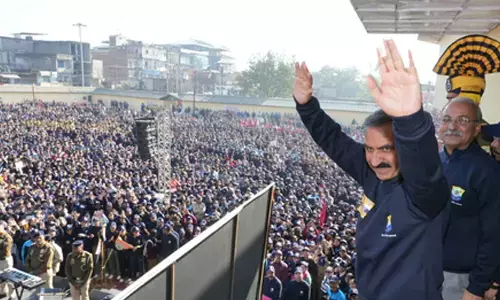How traditional justice system can help resolve Indo-Pakistan conflict

The PakistanIndia conflict has been raging for 70 years and there have been many international attempts to get the countries to sit down and work out their differences All have failed because they have not properly assessed the psychological nature of the problem and have largely ignored traditional conflict resolution systems in the subcontinent
The Pakistan-India conflict has been raging for 70 years and there have been many international attempts to get the countries to sit down and work out their differences. All have failed because they have not properly assessed the psychological nature of the problem and have largely ignored traditional conflict resolution systems in the subcontinent. If they were to delve deeper, international peacekeepers could take hope and inspiration from a smaller, older and more local justice system which has been mediating disputes in warring territories for centuries.
Conflict resolution is a cultural phenomenon and is dependent on any society’s relevant norms, practices and institutions. While conflict is universal, the ways in which it is expressed and managed are not. There are a variety of techniques and processes for handling conflict around the world which take in the culture of the warring groups. Different cultures develop their own formal and informal ways of handling conflict – such as Ubuntu/Gacaca and Mato Oput in Africa, Jirga in Afghanistan and Sulah in the Middle East.
This can make conflict resolution seem complicated as each specific cultural model has its own perception of conflict and the techniques for resolving it. For example, adultery can receive different types and scales of punishment in different cultures. Interestingly, a large number of interstate conflicts in the world are between culturally similar groups, such as North and South Korea, Serbia-Croatia-Bosnia and Palestine and Israel. Therefore, the study of indigenous models for conflict resolution is crucial before proposing a peacemaking agenda for such nations.
The panchayat system
Rural societies in India and Pakistan are structurally similar, if not identical in every detail. Both are agrarian societies and basic needs, including justice, have always been provided to people at village level. These village communities have been termed “little kingdoms” and “little republics”, being self sufficient and almost independent of any foreign relations.
Traditionally, the panchayat system has acted as the justice-providing/conflict resolution organ in South Asian villages (mainly in India, Pakistan, Bangladesh and Nepal). The word “panchayat” literally means a gathering of five but technically it is used to represent a council of respected village elders. The term has been used for centuries to describe traditional village assemblies.
The panchayat system is still practised in many parts of the subcontinent for conflict resolution. And despite massive urbanisation during the last three decades, around 70% of people still live in villages in both India and Pakistan.
(This article was originally published on http://theconversation.com; Jawad Kadir (Writer) is Doctoral Candidate, Department of Politics, Philosophy and Religion, Lancaster University)
















